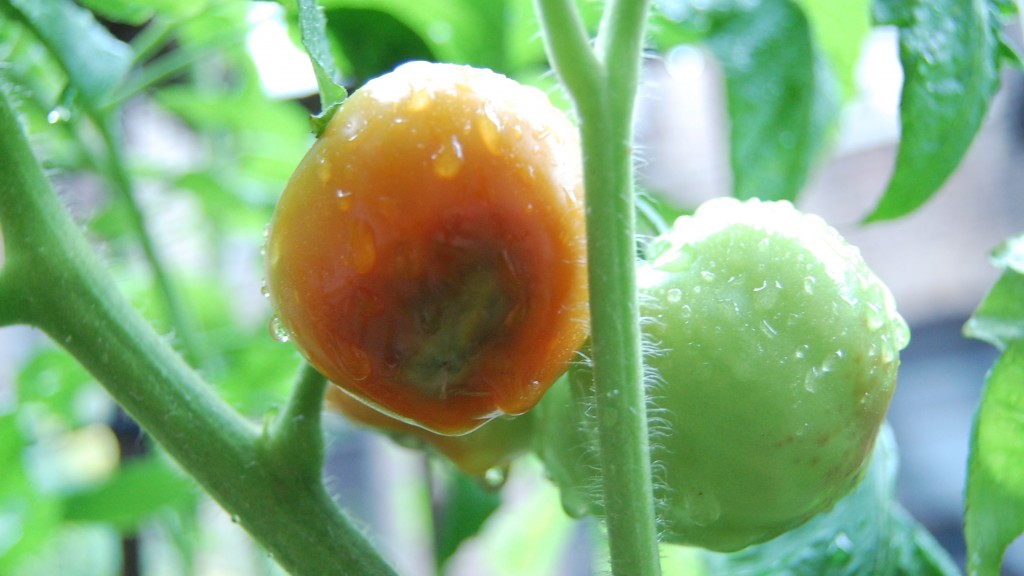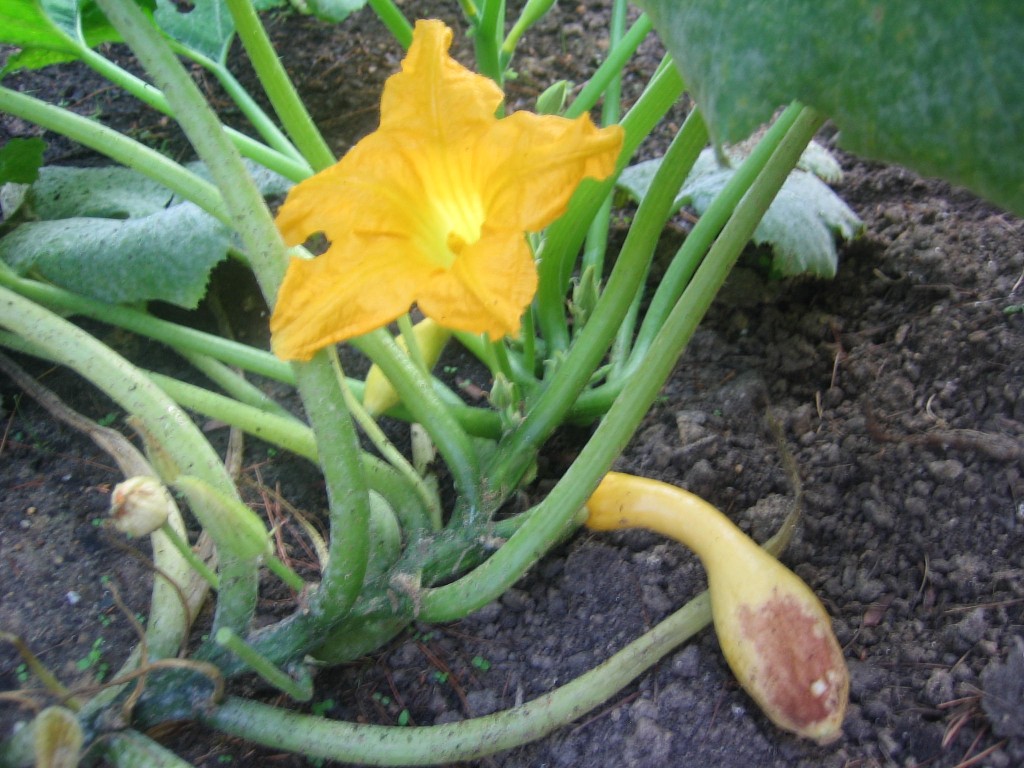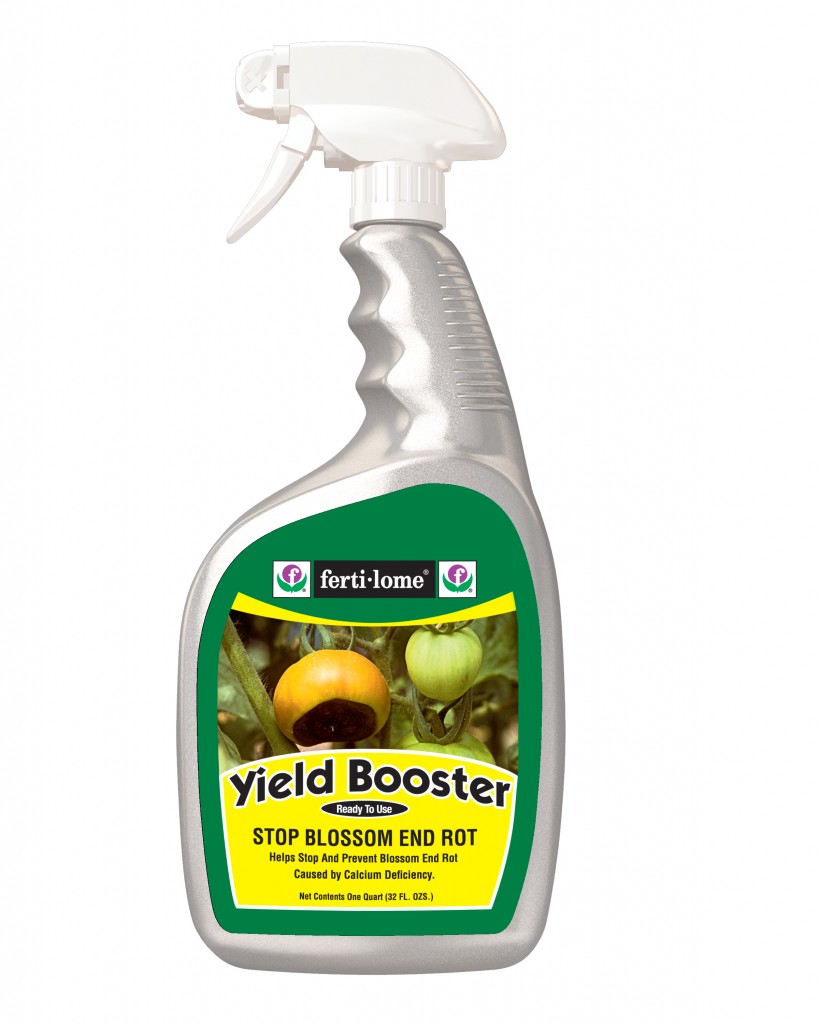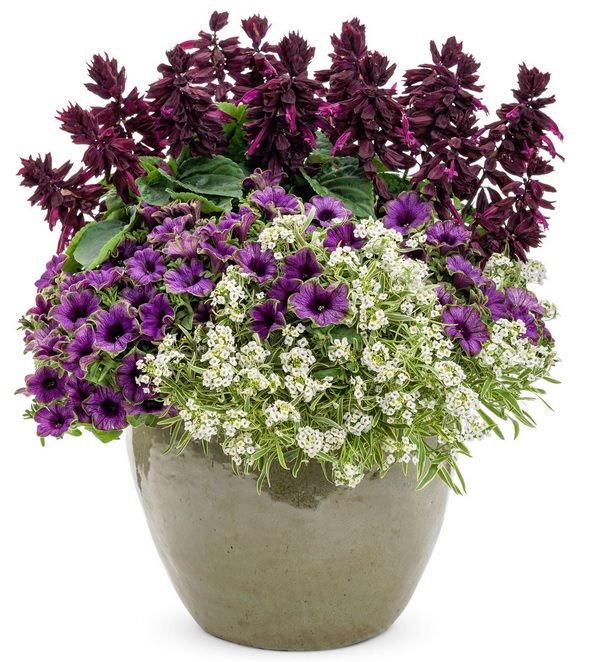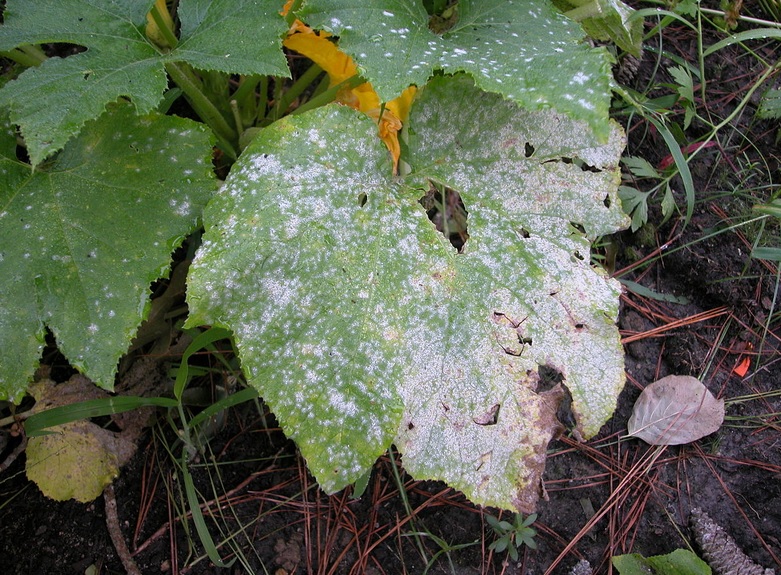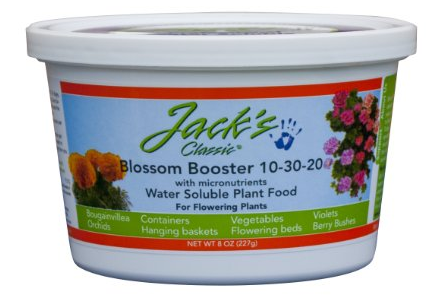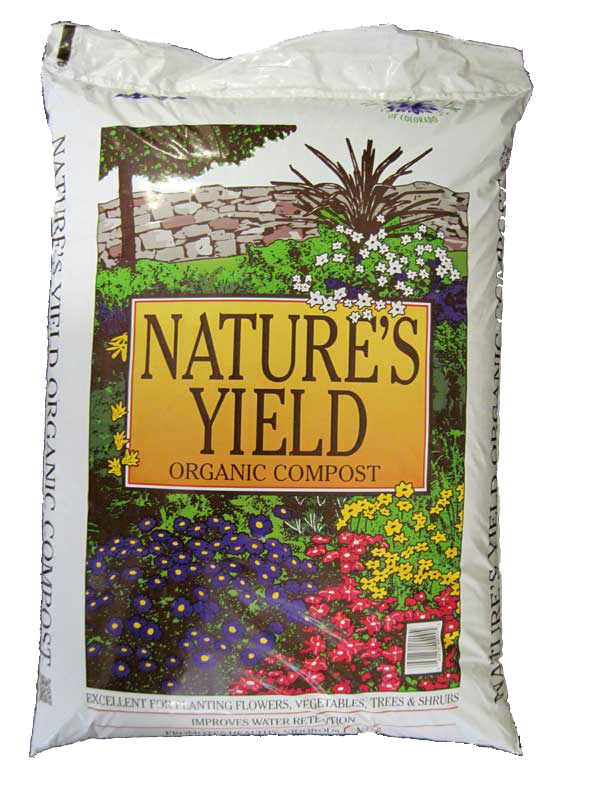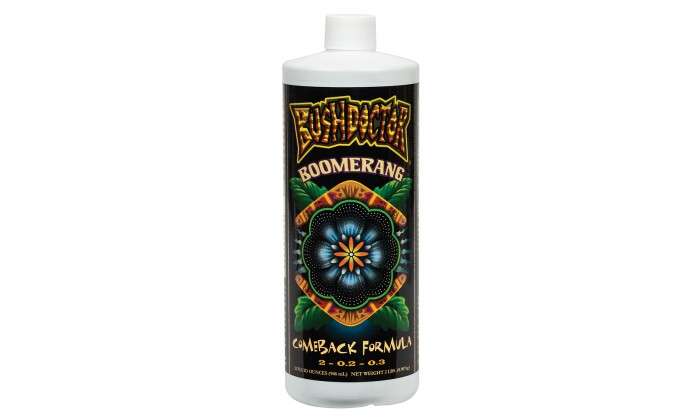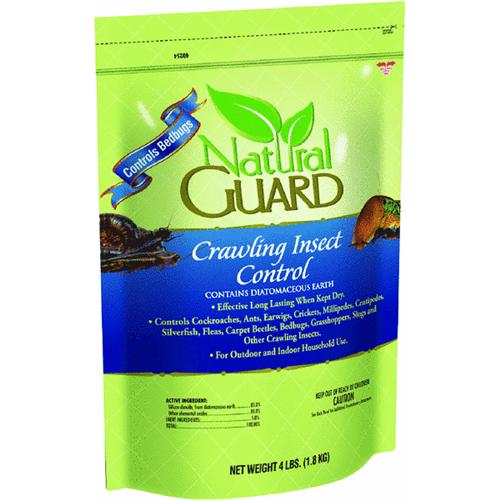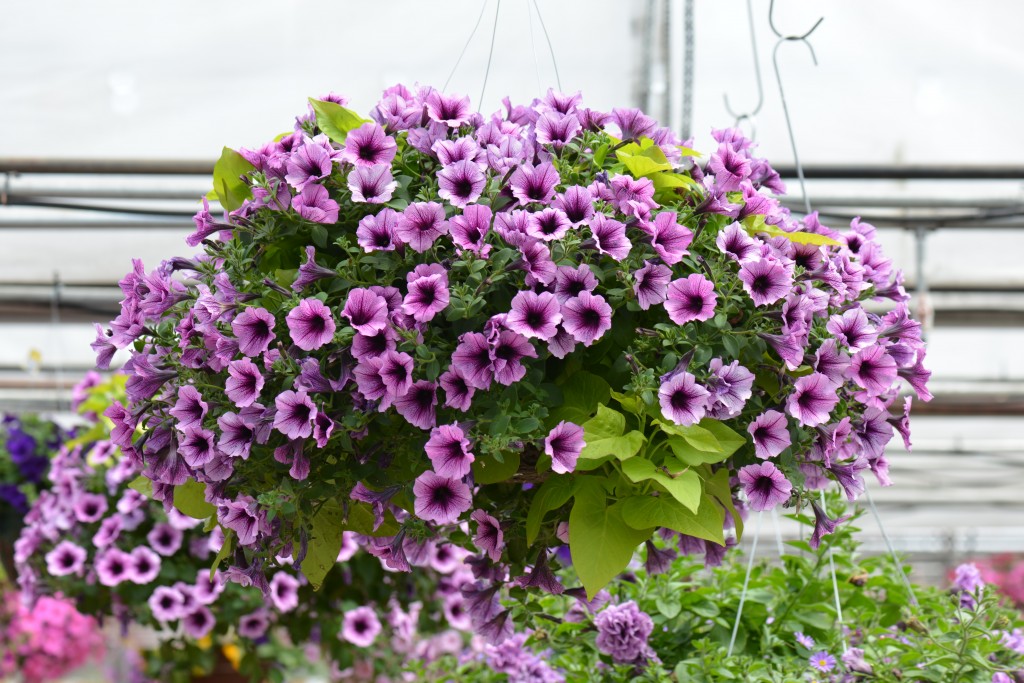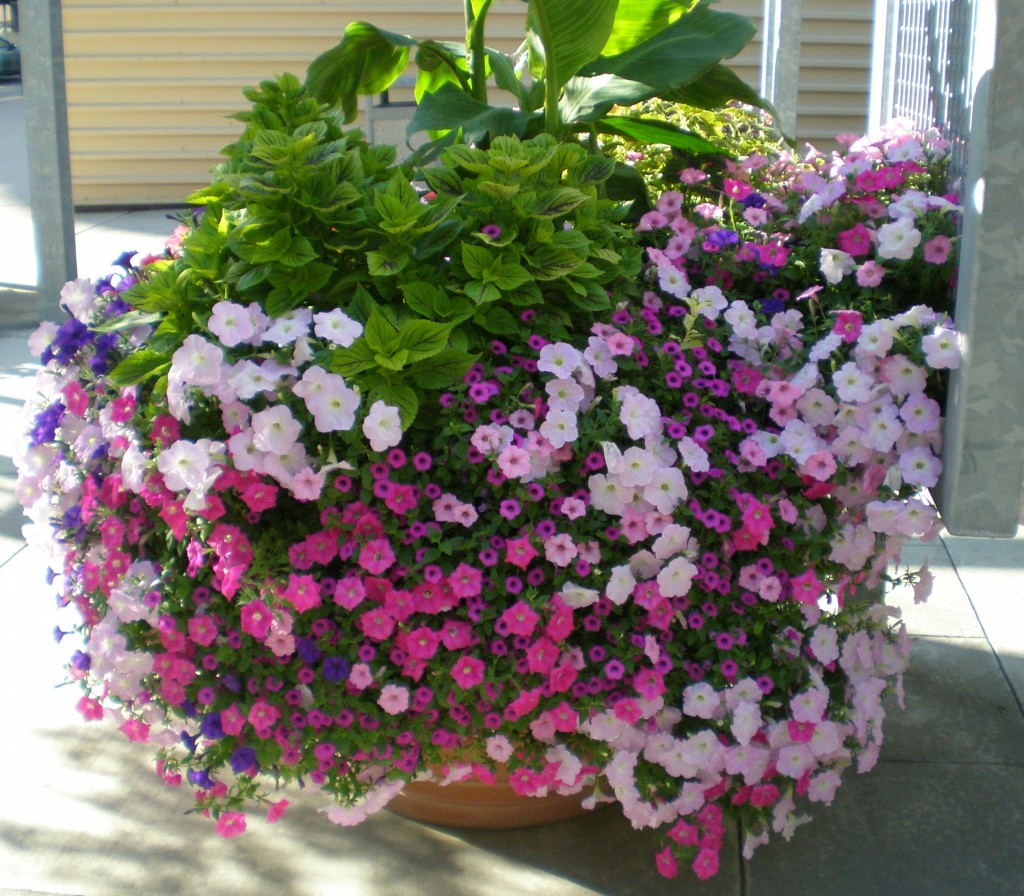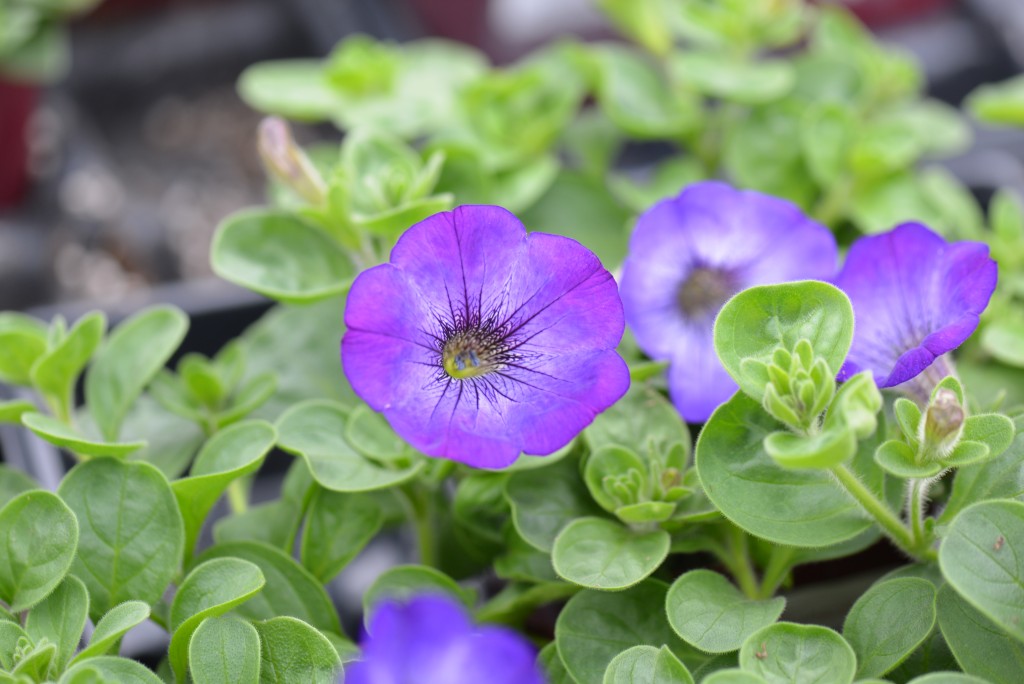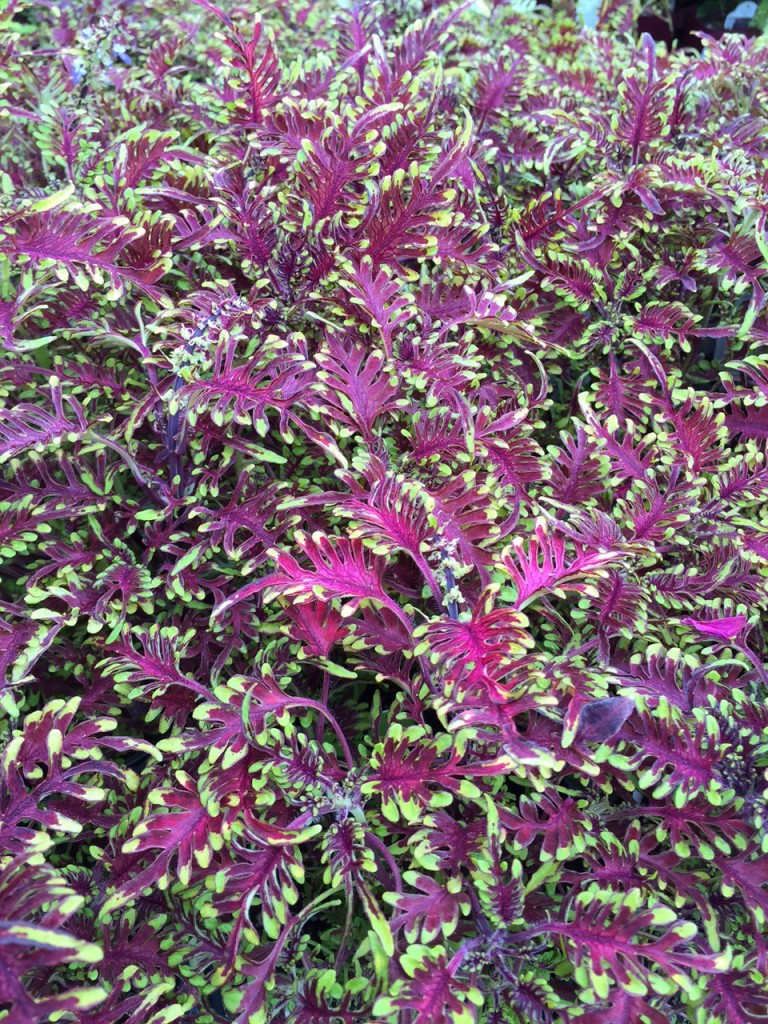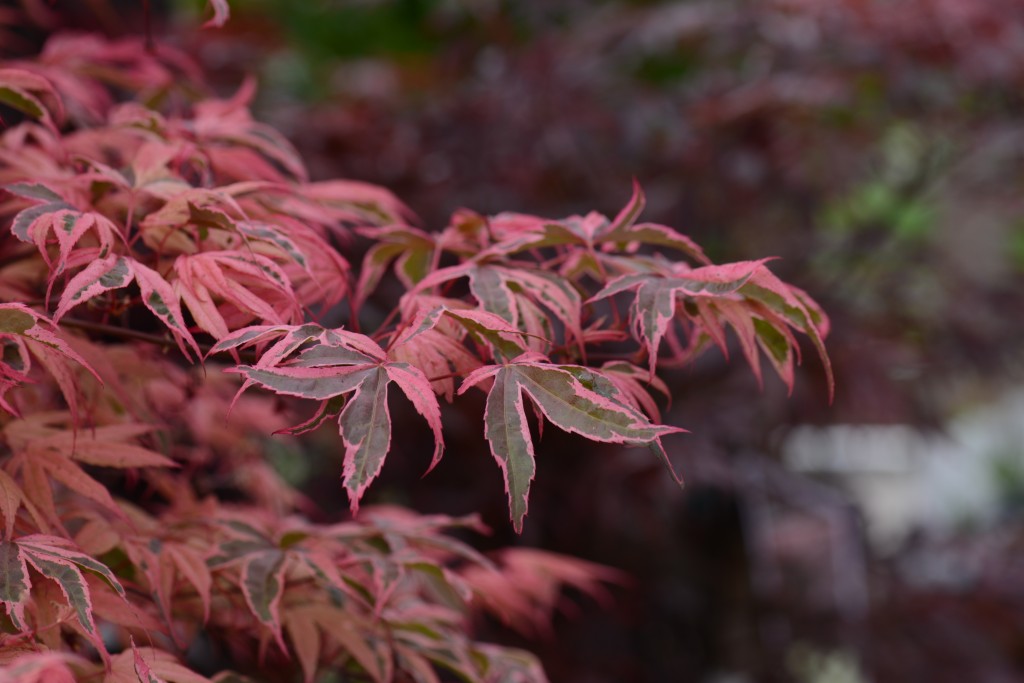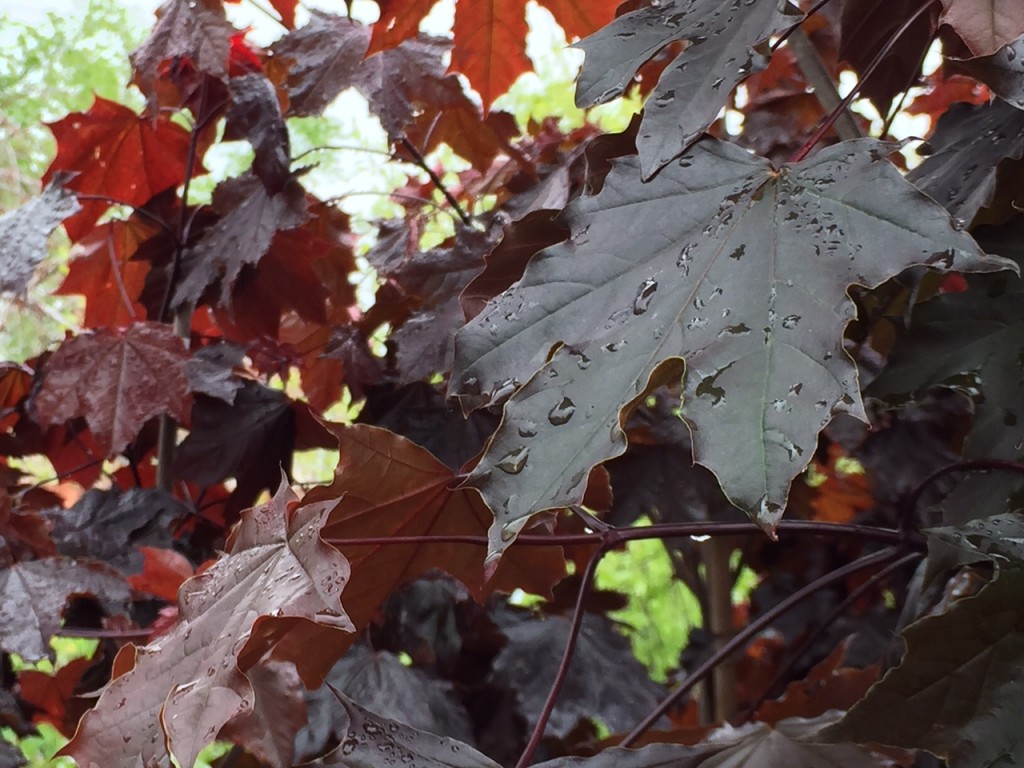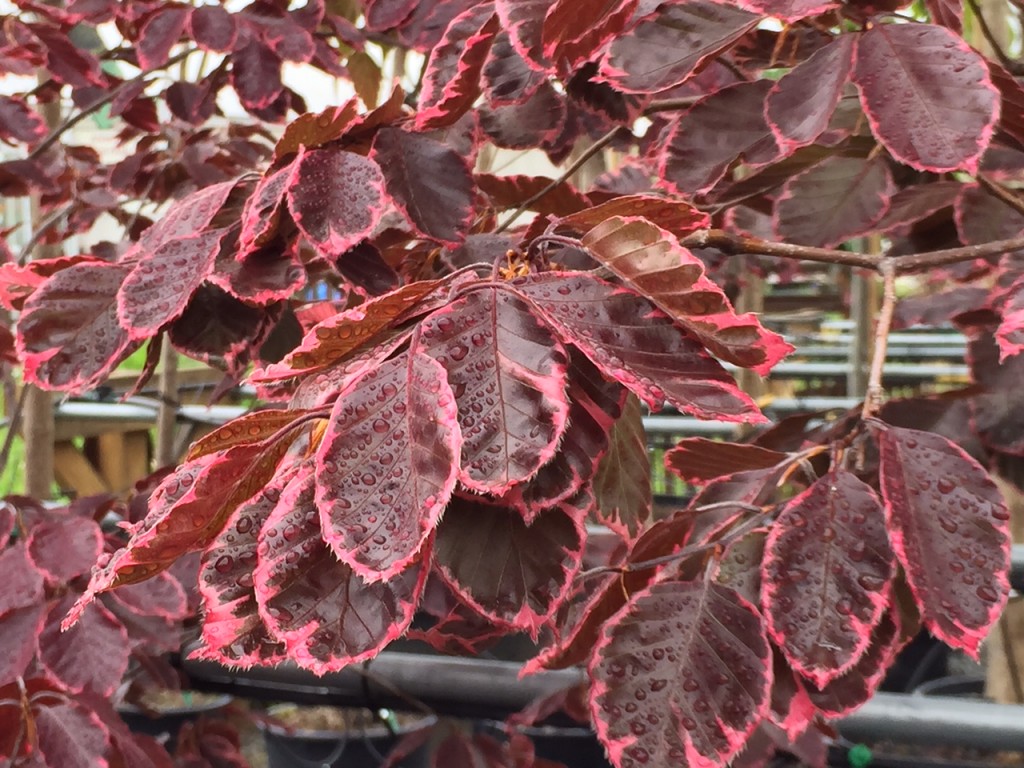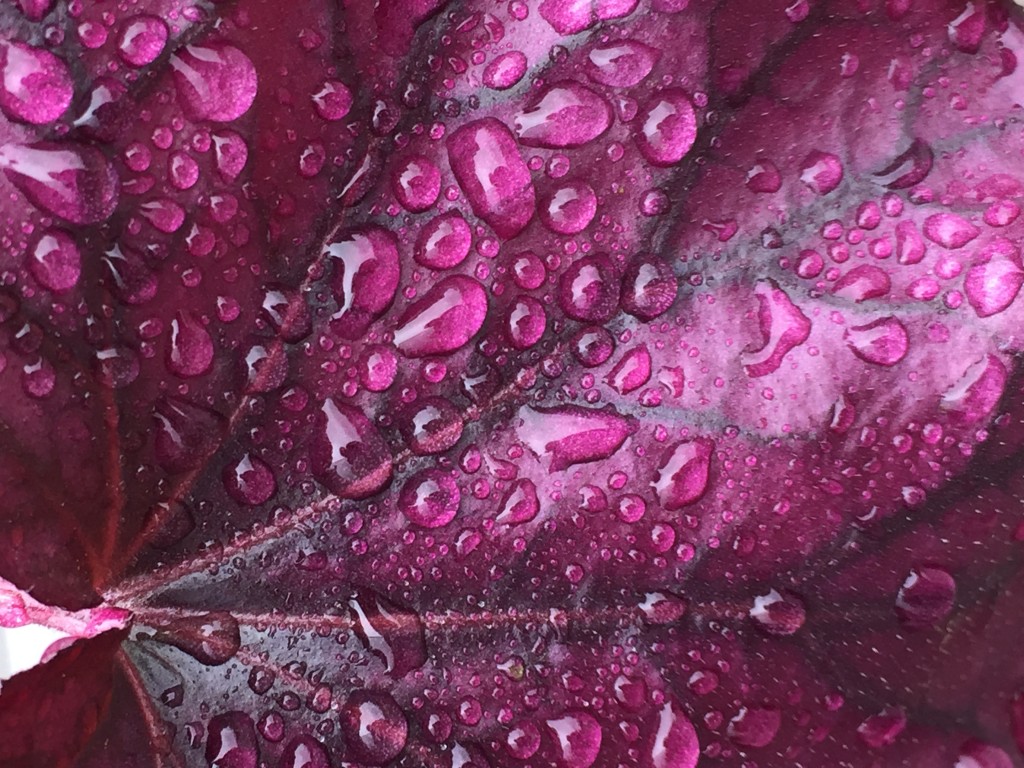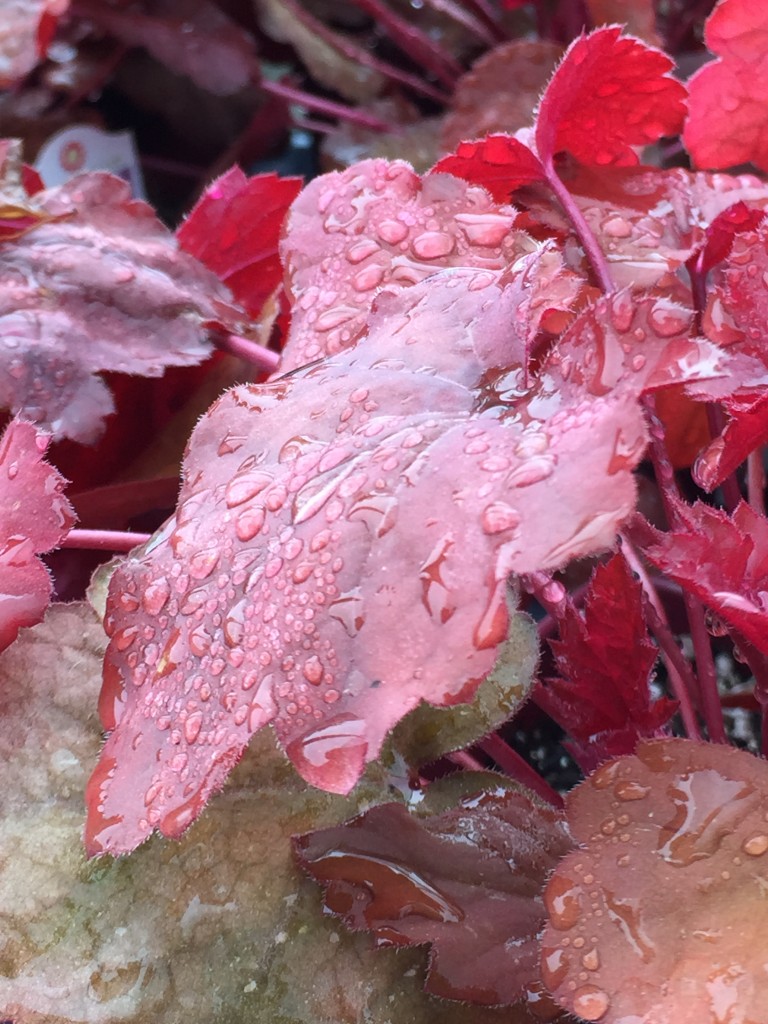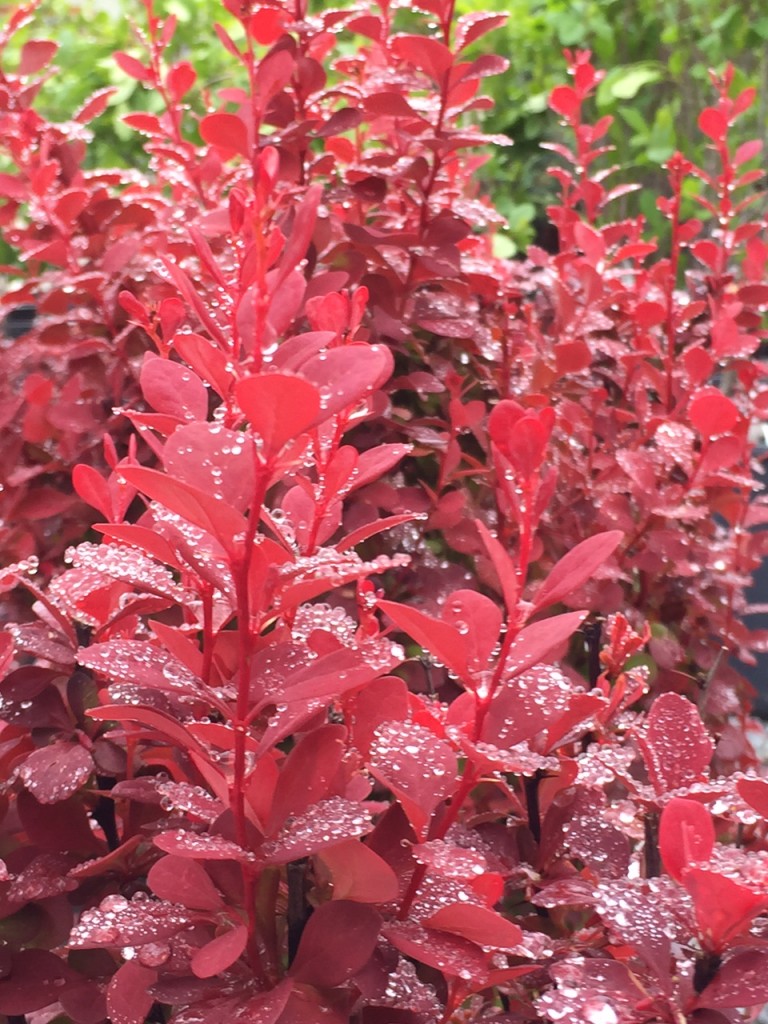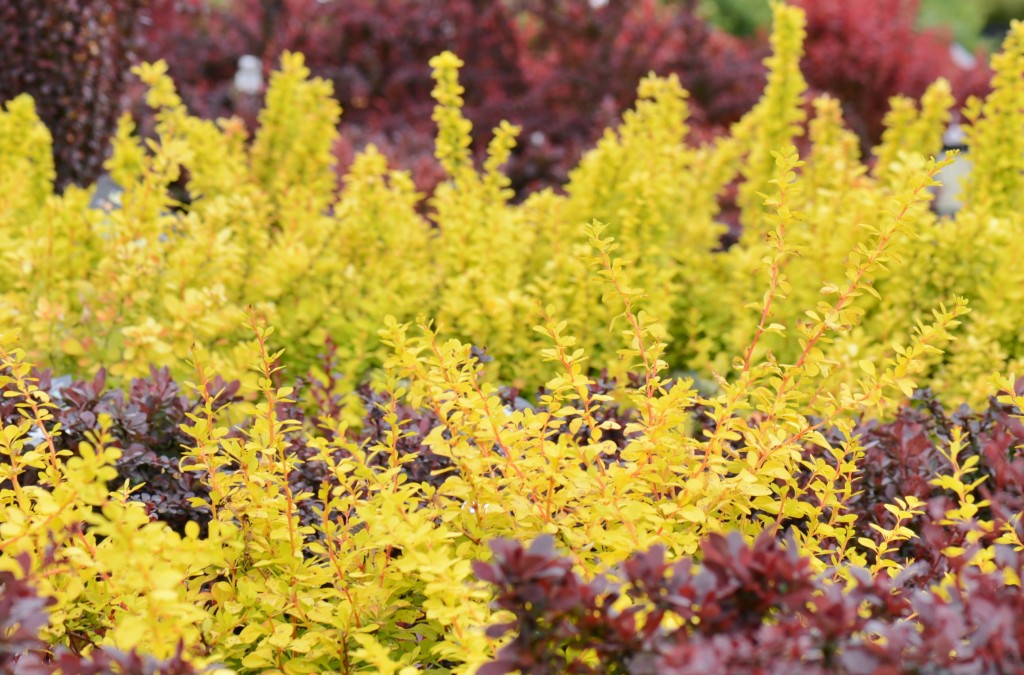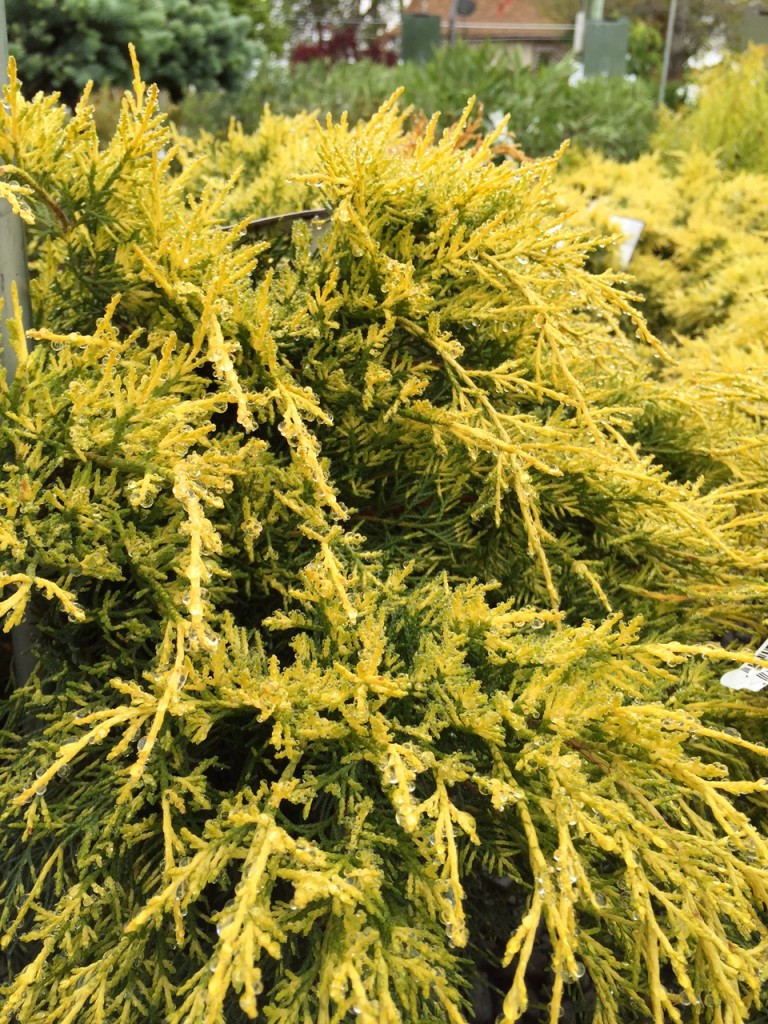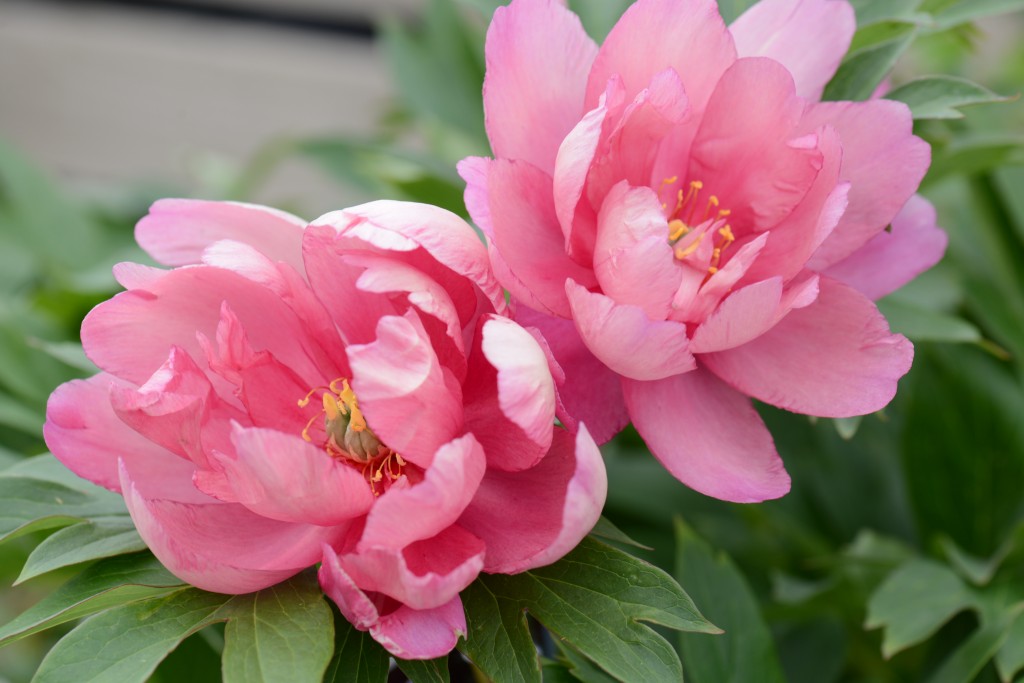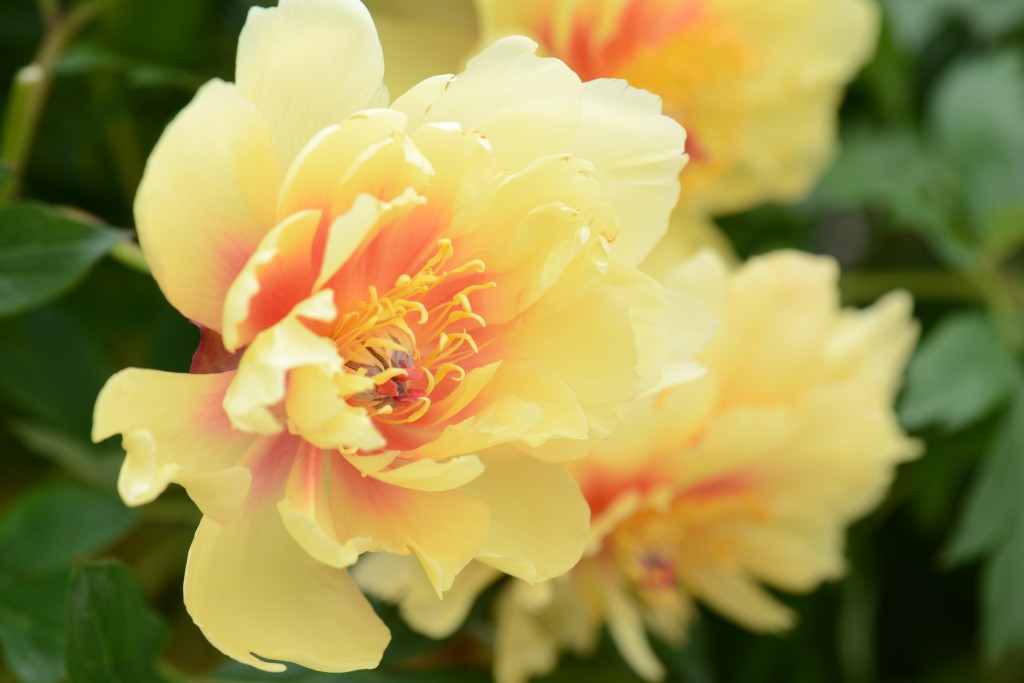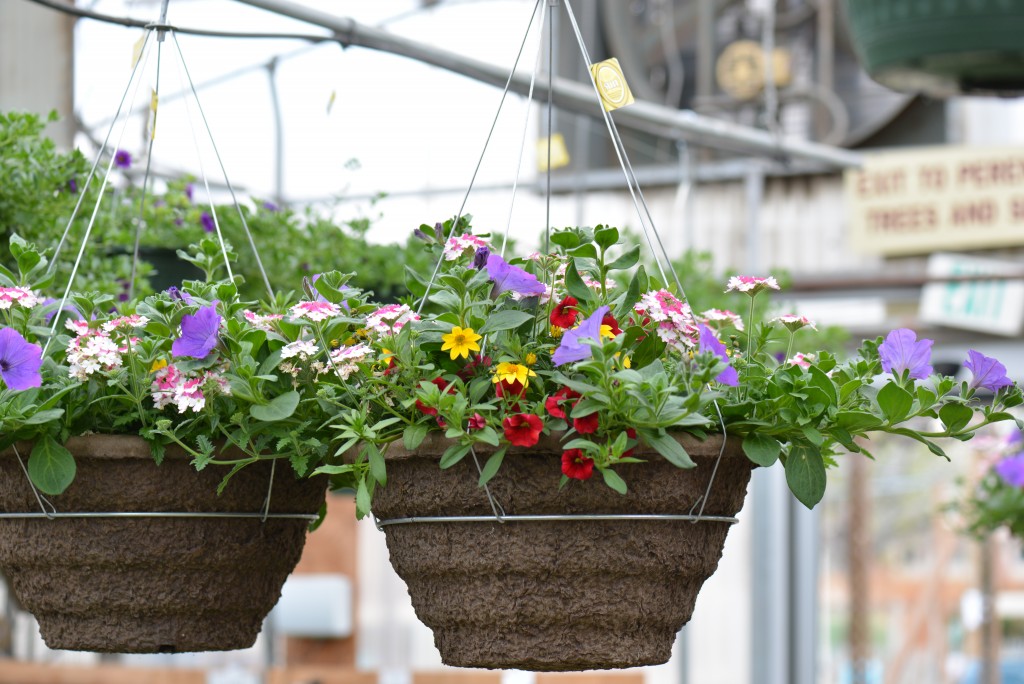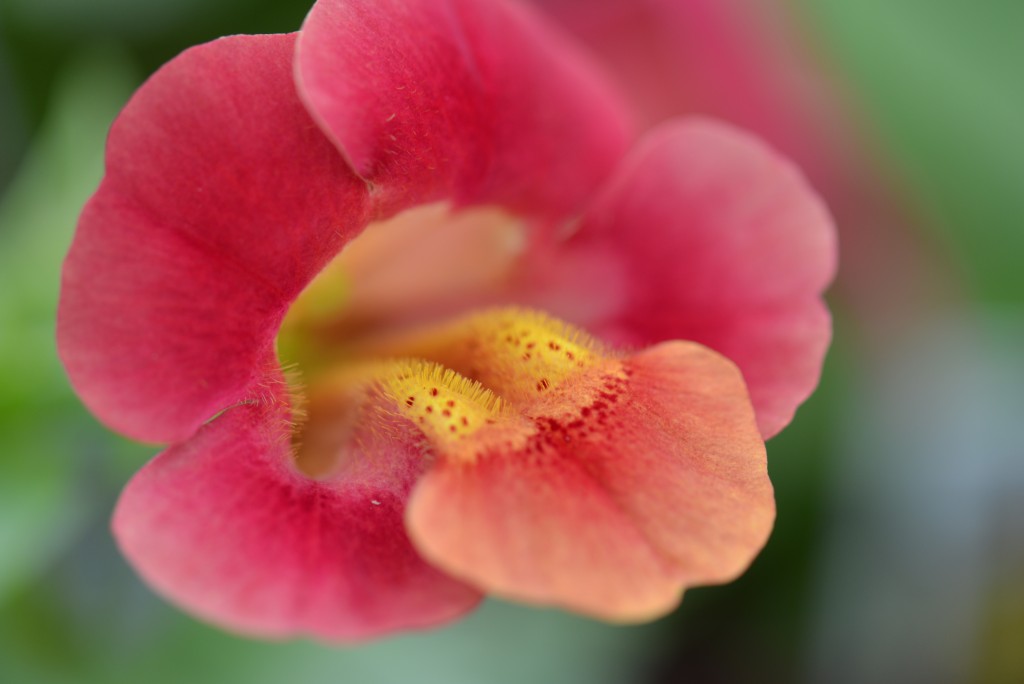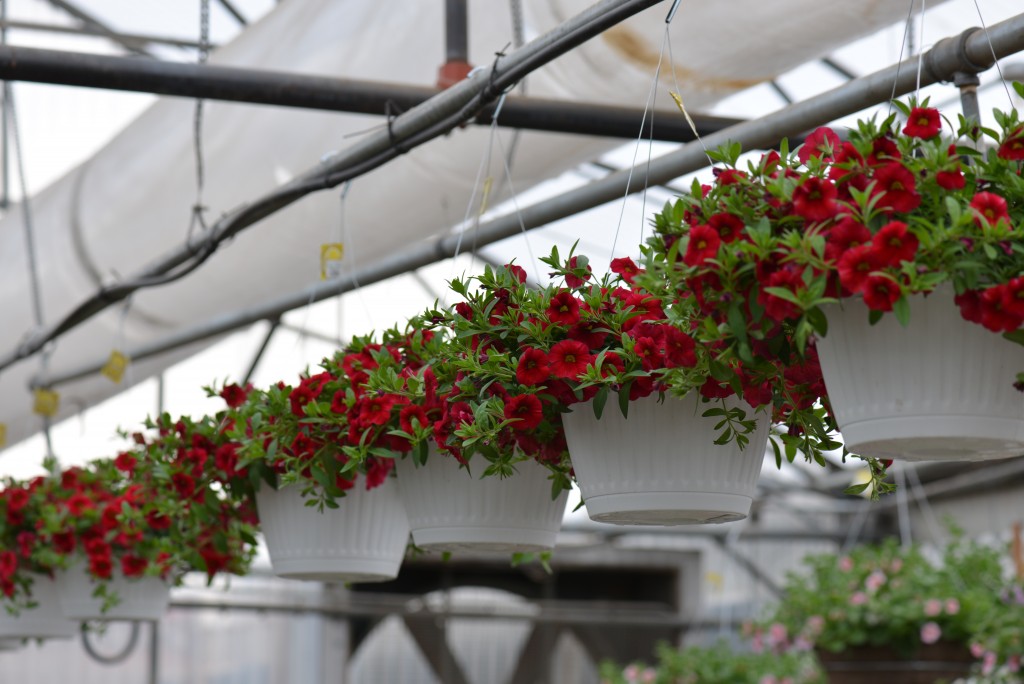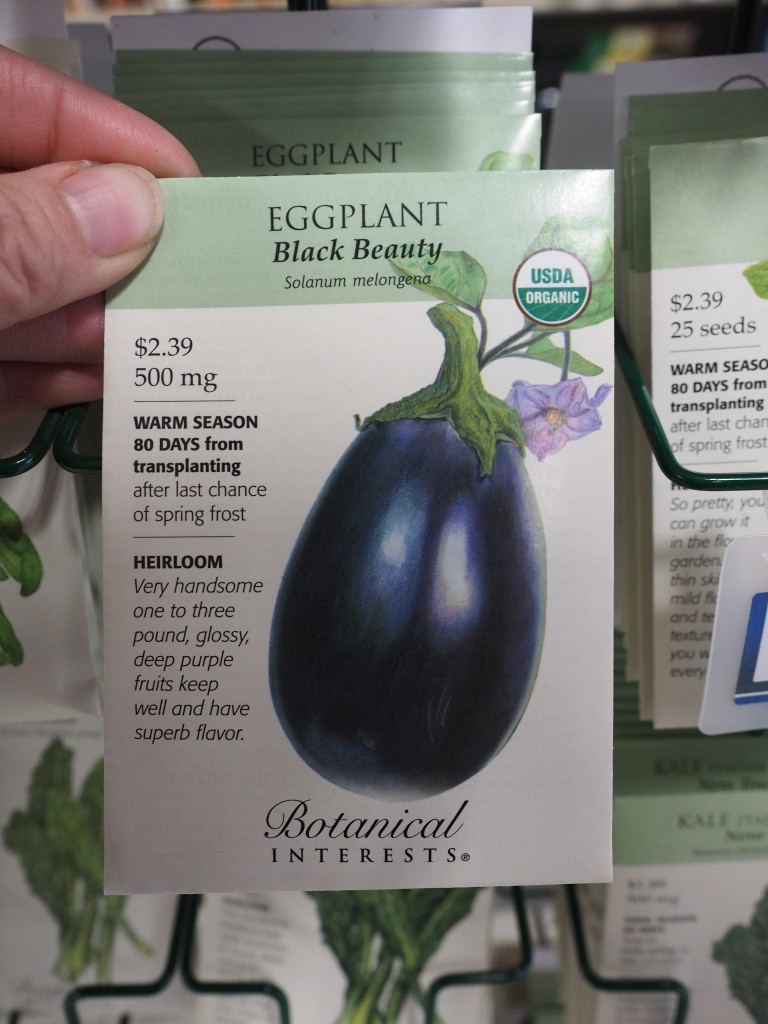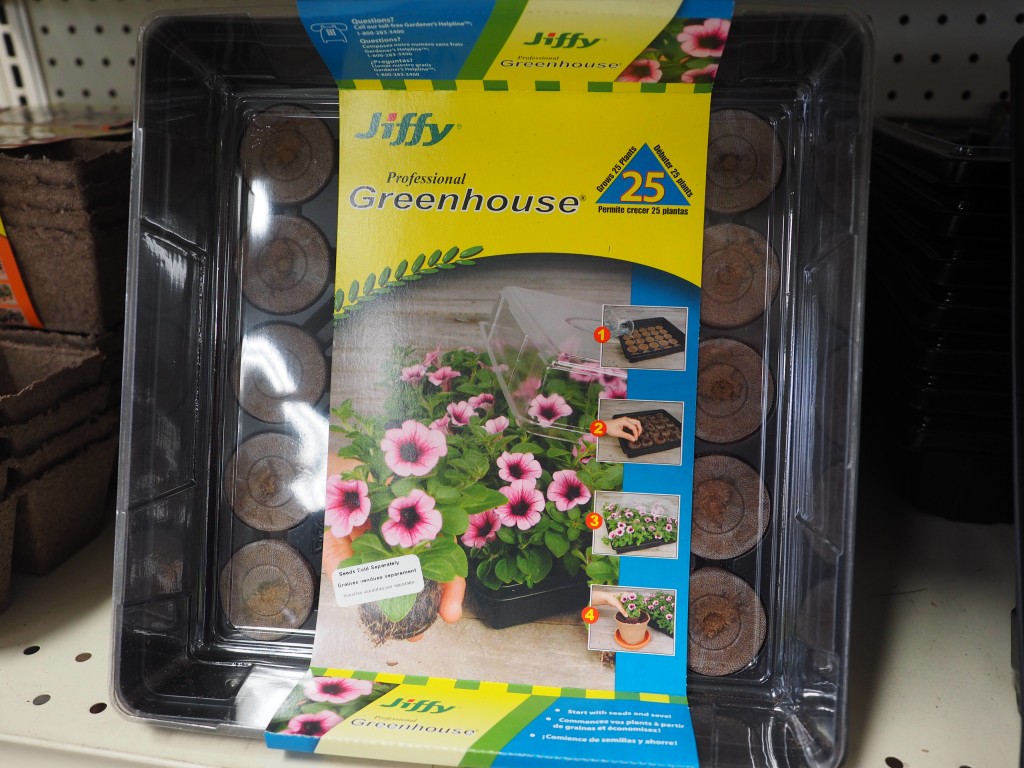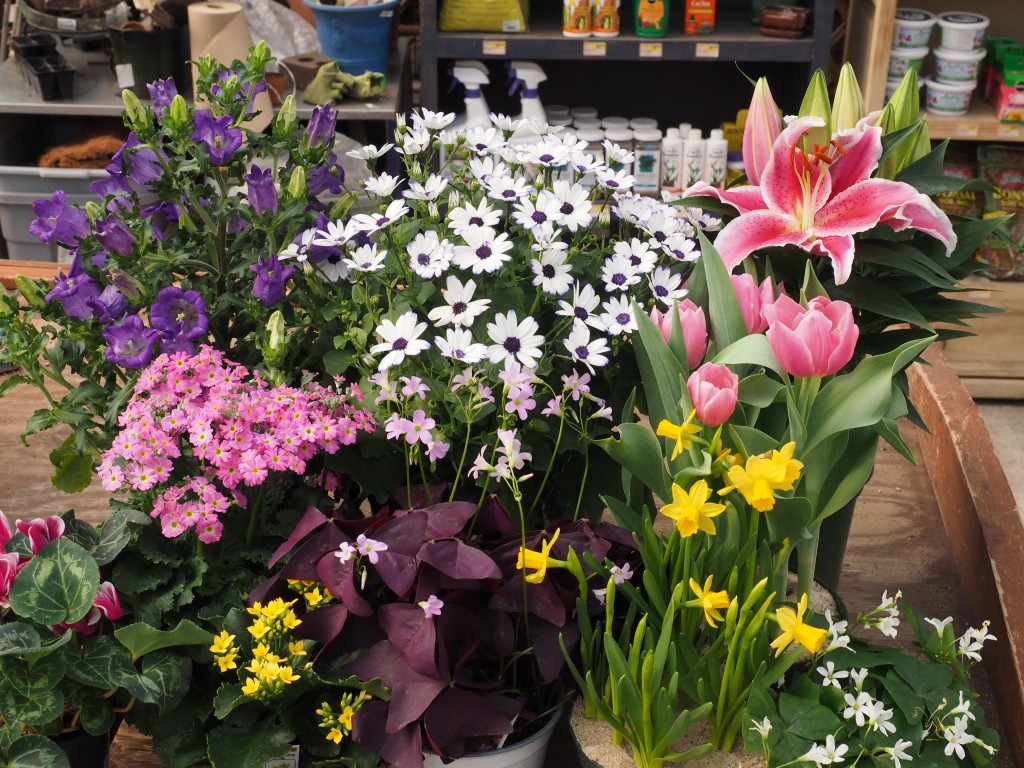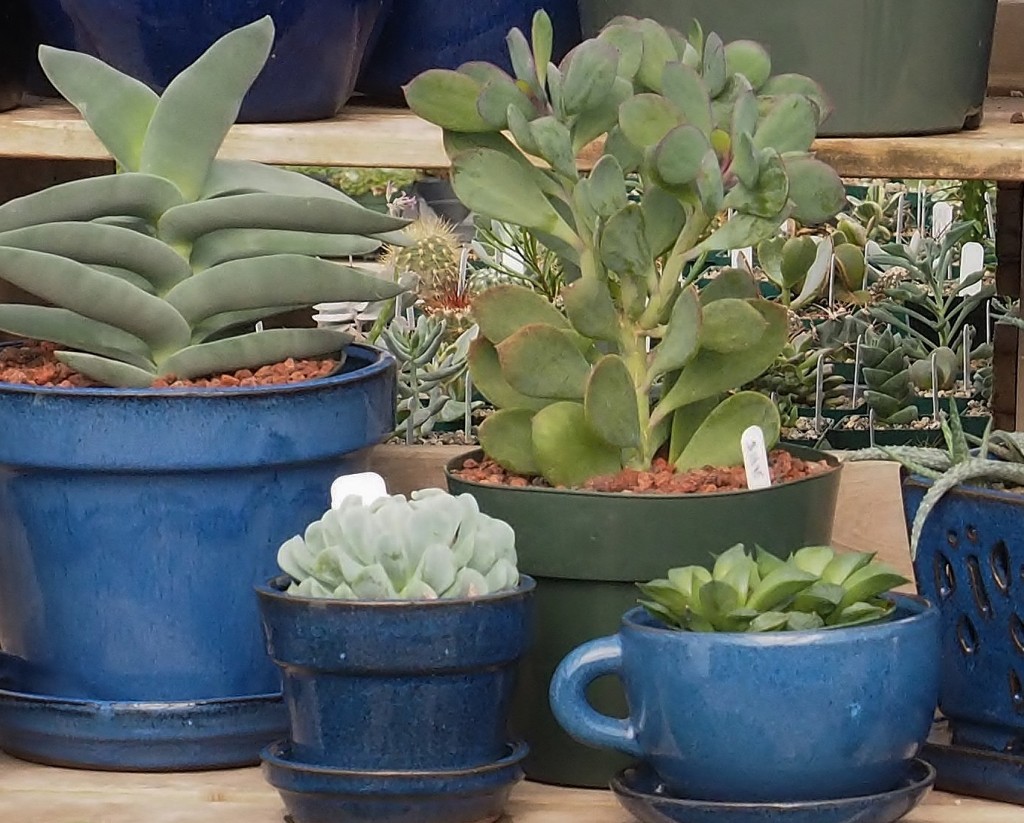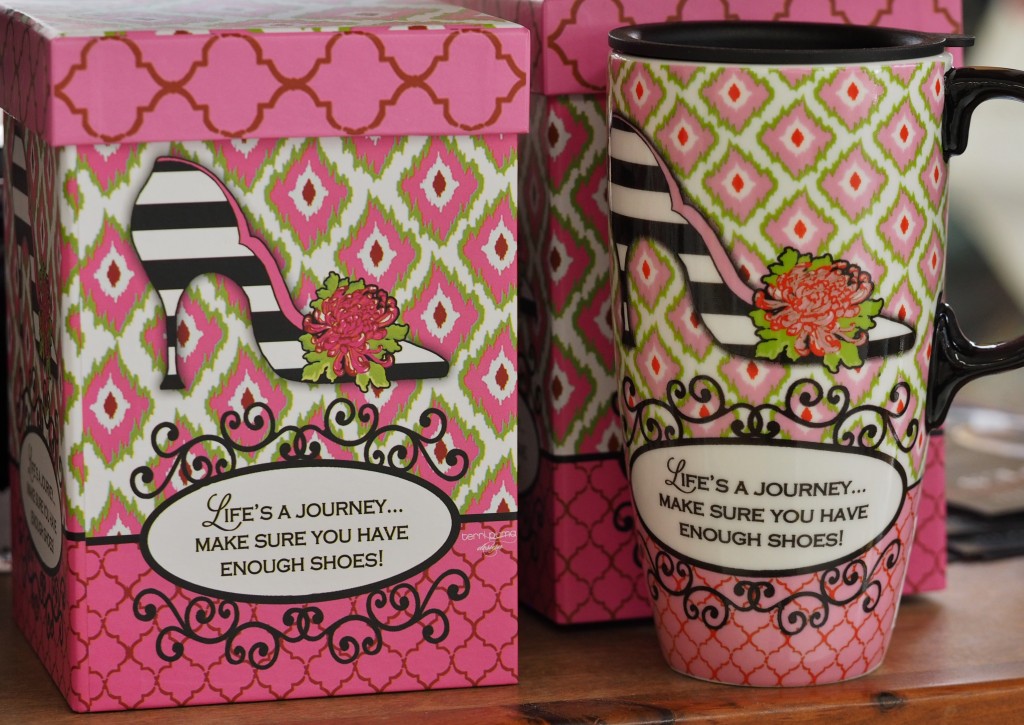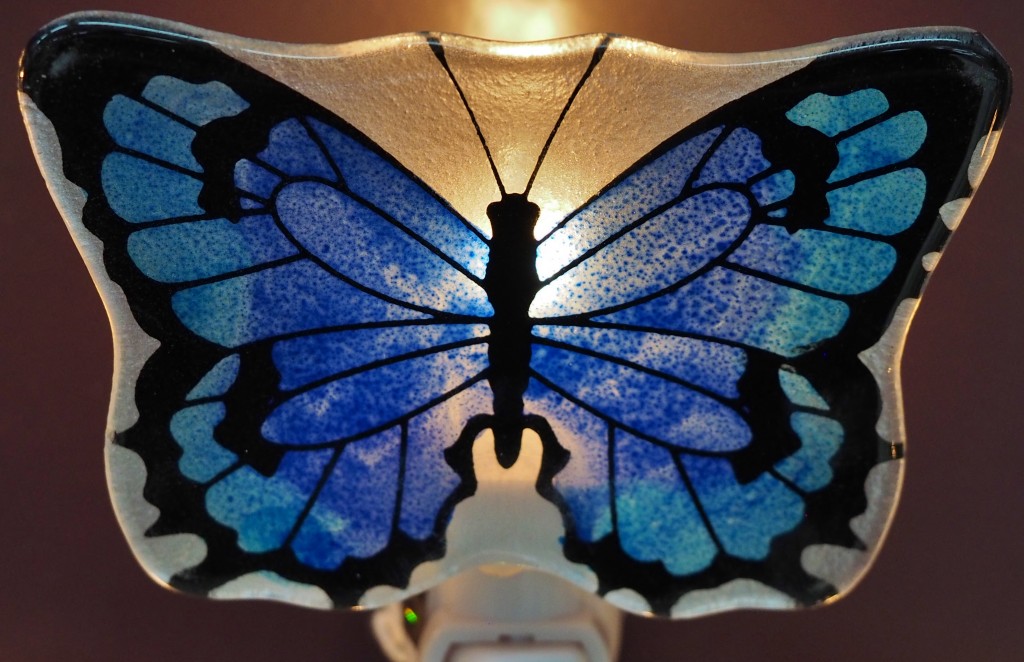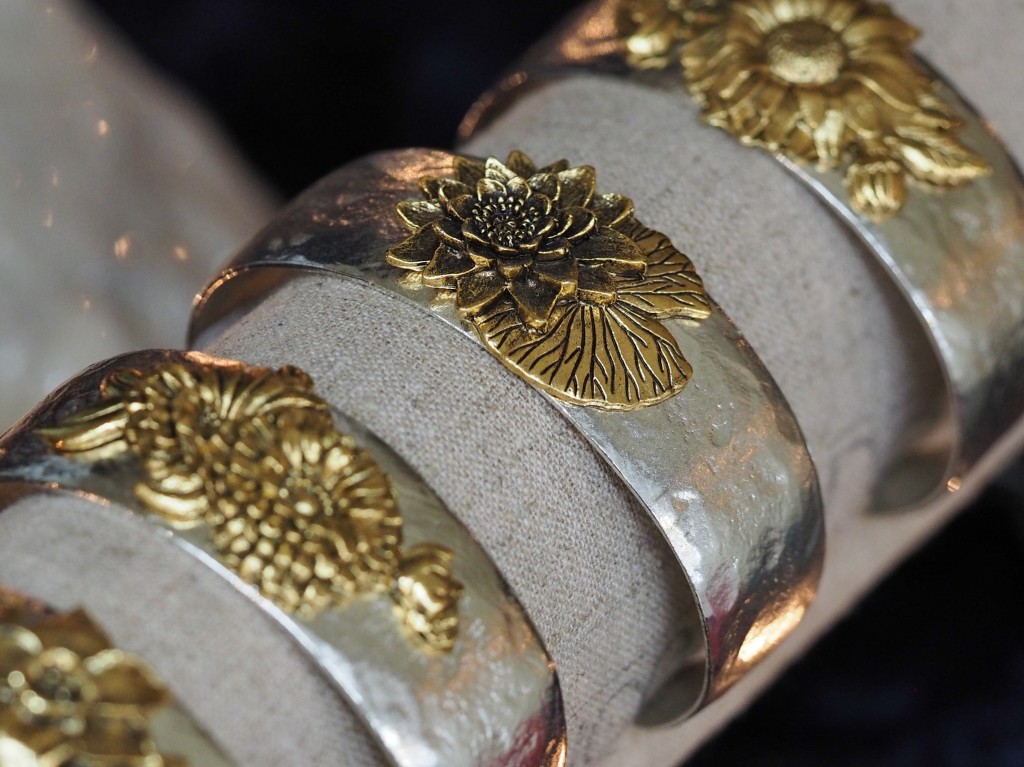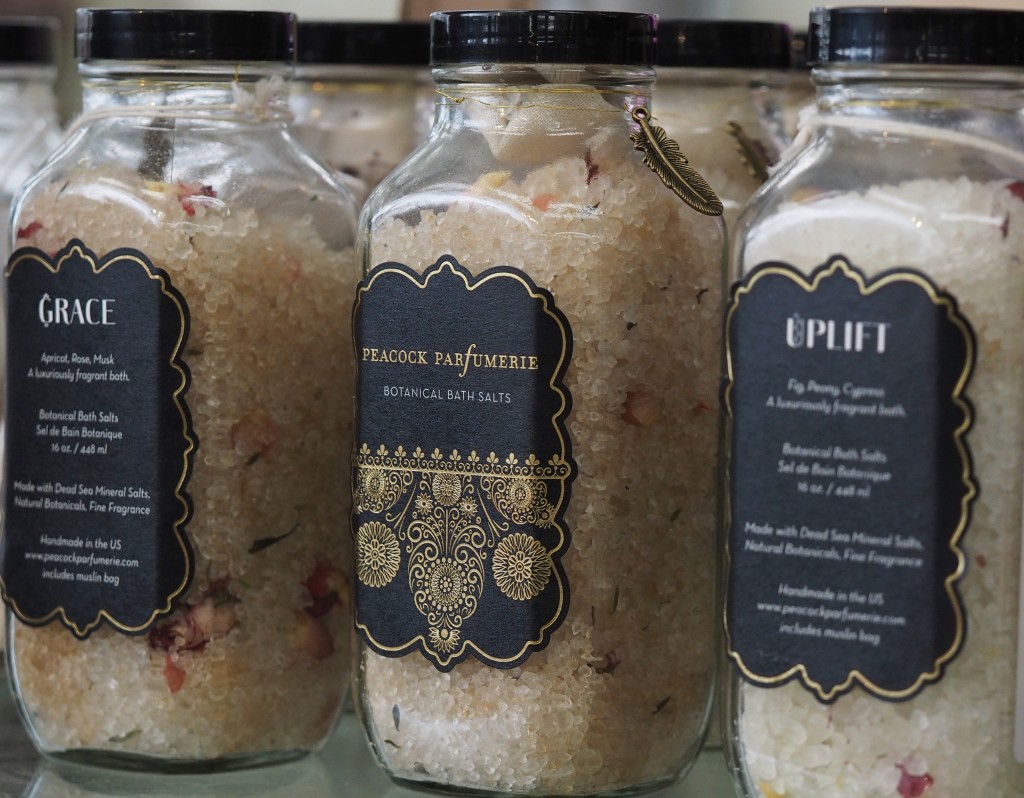Here comes the sun! With it and the warm day temperatures of spring comes one of the most frequent questions we hear. “Can I plant this now?” The answer depends on the plant and particularly, on the nighttime temperatures. Our early spring days are often beautiful and daytime temperatures may reach well into the 70’s. It’s the night temperatures that really tell us when it’s safe to plant. Our last frost date is generally considered to occur around May 20th. While some years the date arrives earlier, there are occasional years when it occurs as late as June 1. We’re eager gardeners and antsy to get plants in the ground, but if we aren’t mindful of the night temperatures, we can do more harm than good.
Before I get carried away talking about plants, I should mention the value of hardening off your plants before you plant. What is hardening off? It’s a process that acclimates plants prior to transplanting in order to reduce the risk of transplant shock. The process takes a few days, but it’s worth the investment of time, particularly in early spring or late summer heat. Day one, place the plants in a shaded area outside and move them indoors or into a garage that night. Day two, place the plants in partial sun for the day and move into the garage or indoors at night. Day three, place the plant in a sunny spot for the day and move to a protected outdoor location, like against the house or under a porch, for the night. Day four, move into the sun for the day and leave them in the exposed location for the night. Day five, plant. In late summer, when the temperatures are well over 80°F, I often use the same process, but shortened to 3 days. This helps prevent sun and wind burn to the young plants. Hardening off plants increases successful transplanting.
Now back to what we can plant and when we can plant it.
Hands down, the most common plants asked about are tomatoes and peppers. Tomatoes and peppers, two of the longest season garden vegetables, prefer night temperatures to be above 50°F for about a week before they are planted. The ground needs to be consistently warm for them to do well. If we plant too early, and the night temperatures are still cold, plants set less fruit and are often more susceptible to problems like blossom end rot later in the season.
There are helpful tools like Season Starters that can be used to warm the ground earlier than traditional planting would allow.
They should be set up for 7-10 days to warm the soil, before they are planted with your seedlings. Once planted, the plant protectors act as insulators against cold temperatures, much like a mini greenhouse. Generally, Season Starters can give you a jump start by several weeks. Set them up about April 15 and you can plant inside them a week later. 

We hope this Frost Hardiness list will help gardeners know when it is safe to set out their plants. The actual dates vary, of course, with each area, but the principle is the same. Perennials that are not hardy in Colorado are listed as annuals. The hardiness of perennials is based on coming out of a protected climate.

Very Hardy Plants–Plant Out up to 7 weeks before last frost.
(April 1 in Denver, April 10 in Golden & Parker)
 Annuals
Annuals
Alyssum, Anchusa, Centaurea, Dracaena, Dusty Miller, Larkspur, Nigella, Pansy, Snapdragon, Sweet Pea
Perennial Starts
Achillea, Aegopodium, Ajuga, Aurinia, Arabis, Armeria, Aubretia, Basket of Gold, Bishop’s Weed, Carnation, Creeping Phlox, Gayfeather, Hardy Hibiscus, Lavender Cotton, Liatris, Lobelia, Primrose, Primula, Rock Cress, Purple Rock Cress, Red Hot Poker, Santolina, Sedum, Thyme, Torch Lily, Tritoma, Viola, Yarrow
Vegetable Plants
Asparagus, Chives, Fennel, Garlic, Onions, Peas, Potato, Radish, Strawberry

Hardy Plants–Plant up to 5 weeks before last frost.
(April 20 in Denver, April 30 in Golden & Parker)
Annuals
African Daisy, Arctotis, Baby Blue Eyes, Calendula, Carnation, Dianthus, Diascia, Flowering Kale, Lobelia, Osteospermum, Phlox, Twinspur, Vinca Vine
Perennial Starts
Alstromeria, Anemone, Baby’ Breath, Bachelor Buttons, Bellis, Campanula, Candytuft, Centaurea, Cerastium, Columbine, Coral Bells, Coreopsis, Daylily, Dianthus, Digitalis, Doronicum, English Daisy, Erysimum, Festuca, Feverfew, Flax, Forget-Me-Not, Foxglove, Galium, Garden Mums, Gloriosa Daisy, Gypsophila, Helianthemum, Hemerocallis, Heuchera, Hollyhocks, Hosta, Iberis, Lavender, Lenten Rose, Lupine, Lunaria, Lysimachia, Maltese Cross, Matricaria, Mexican Feather Grass, Missouri Primrose, Money Plant, Myosotis, Oenothera, Painted Daisy, Penstemon, Tall Phlox, Pincushion Flower, Poppy, Pyrethrum, Roses, Rudbeckia, Scabiosa, Shasta Daisy, Snow-in Summer, Statice, Sweet William, Sweet Woodruff, Veronica, Violet
Vegetable Plants
Broccoli, Brussels Sprouts, Cabbage, Cauliflower, Kohlrabi, Lettuce, Pak Choi, Perennial Herbs, Radicchio, Rhubarb, Spinach

Half-Hardy Plants–Plant out up to 3 weeks before last
frost date.
(May 1 in Denver, May 10 in Golden & Parker)
Annuals
Anagallis, Angelonia, Angel’s Trumpets, Bacopa, Bells of Ireland, Blue Lace Flower, Calibrachoa, California Poppy, Campanula, Clover, Coreopsis, Cosmos, Creeping Zinnia, Datura, Dichondra, Didiscus, Fountain Grass, Gaillardia, Gazania, Gerbera, Gloriosa Daisy, Gomphrena, Lotus Vine, Ornamental Grasses, Petunia, Pennisetum, Phlox, Purple Bell Vine, Regal Geranium, Ruby Grass, Rudbeckia, Sanvitalia, Scarlet Pimpernel, Stocks, Strawflowers, Steirodiscus, Sutera, Sweet Peas, Sweet Sultan, Transvaal Daisy, Trifolium, Verbena, Xerianthemum
Perennial Starts
Artemesia, Hardy Asters, Astilbe, Balloon Flower, Bee Balm, Bleeding Heart, Delphinium, Echinacea, Euphorbia, Felicia Daisy, Geum, Gladiolus, Hibiscus, Hypericum, Monarda, Peony, Platycodon, Purple Coneflower, Roses, Salvia, Sagina, Saxifraga, Verbena
Vegetable Plants
Artichoke, Celery, Leek

Tender Plants–Plant outside after almost all danger of
frost has passed.
(May 20 in Denver, May 30 in Golden & Parker)
Annuals
Abutilon, Achimenes, African Daisy, Ageratum, Argyranthemum, Alternanthera, Alternaria,amaranthus, Asparagus Fern, Asters, Axilflower, Balsam, Banana, Begonia, Bidens, Black Eyed Susan, Bloodleaf, Blue Throatwort, Bougainvillea, Bower Vine, Brachycome, Browallia, Brunfelsia, Caladium, Calla Lily, Calliopsis, Canna, Cardinal Flower, Catharanthus, Celosia, Chrysanthemum, Chrysocephalum, Cigar Plant, Cleome, Coleus, Copperleaf, Crassula, Crossandra, Cuphea, Dahlberg Daisy, Dahlia, Dallas Fern, Dipladenia, Elephant Ears, Evolvulus, Fanflower, Fiber Optic Grass, Flowering Maple, Flowering Tobacco, Fountain Grass, Four O’ Clock, Fuchsia, Geranium, Gloriosa Lily, Firebush, Guara, Hamelia, Heliotrope, Hibiscus, Impatiens, Iresene, Jasmine, Lantana, Livingstone Daisy, Lisianthus, Lithospermum, Marguerite Daisy, Marigold, Mecardonia, Melampodium, Millet, Mimulus, Monkey Flower, Moon Vine, Morning Glory, Napa Valley Fern, Nasturtium, Nemesia, Nicotiana, Nierembergia, Nolana, Oleander, Oxalis, Painted Tongue, Pampas Grass, Pentas, Perilla, Periwinkle, Plectranthus, Polka Dot Plant, Polygonum, Portulaca, Salpiglossis, Salvia, Sanvitalia, Scarlet Runner Bean, Scaevola, Scutellaria, Schizanthus, Skullcap, Statice, Stoneseed, Streptocarpella, Sunflower, Swan River Daisy, Sweet Potato Vine, Thunbergia, Tithonia, Torenia, Trachelium, Trailing Portulaca, Tropical Hibiscus, Tropical Water Plants, Zinnia

Vegetable Plants
Annual Herbs, Cantaloupe, Corn, Cucumber, Eggplant, Okra, Peanut, Bell & Chile Peppers, Pumpkin, Squash, Sweet Potato, Tomato, Watermelon
FROST HARDY PERENNIALS, ANNUALS AND VEGETABLES
To obtain maximum frost hardiness, HARDEN PLANTS OFF gradually by exposing them to sun, wind, and cold, but above freezing temperatures for a few days.
Very Hardy (After April 1st)
Flowers: Achilles (Yarrow)
Aegopodium Bellis Iberis (Candytuft) Roses,Bare Root
Ajuga Carnation, Grenadin Iris Santolina
Alyssum Cerastium (Snow in Summer) Liatris Sedum
Arabis (Rock Cress) Columbine Lobelia, Cardinalis Thyme
Armeria Creeping Phlox Myosotis Tritoma (Red Hot Poker)
Aubrietia Euphorbia Penstemon Viola
Hibiscus (Purple) Euonymus Primula (Primrose)
Vegetables: Asparagus Chives Rhubarb Strawberries
Hardy (After April 15th)
Flowers: Alstromeria Helianthemum Scabiosa
Anemone Hemerocallis Shasta Daisy
Campanula Hollyhocks Statice
Centaurea (Bachelor’s Button) Hosta Sweet William
Coral Bells Lavender Veronica
Coreopsis Lupines Violet
Daylily Lunaria (Money Plant)
Delphinium Lysimachia
Dianthus Lythrum
Doronicus Maltese Cross
Festuca Myosotis (Forget-Me-Not)
Flax Oenothera
Foxglove Phlox, Tall
Galium Poppy
Garden Mums Pyrethrum (Painted Daisy)
Gypsophila (Baby’s Breath) Rudbeckia (Gloriosa Daisy)
These dates are approximate for the Denver area. Safe dates vary from year to year, suburb to suburb, and even from one location in the garden to another. Covering plants on unusually cold nights will help protect them. On extremely cold nights it may be necessary to dig plants up and bring them inside.
